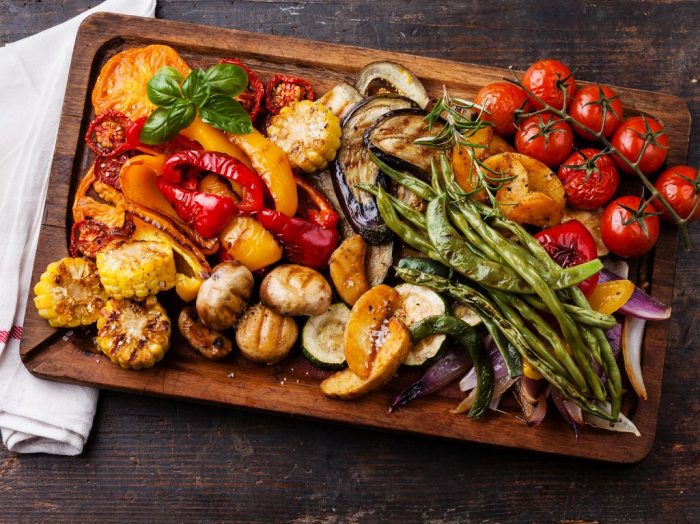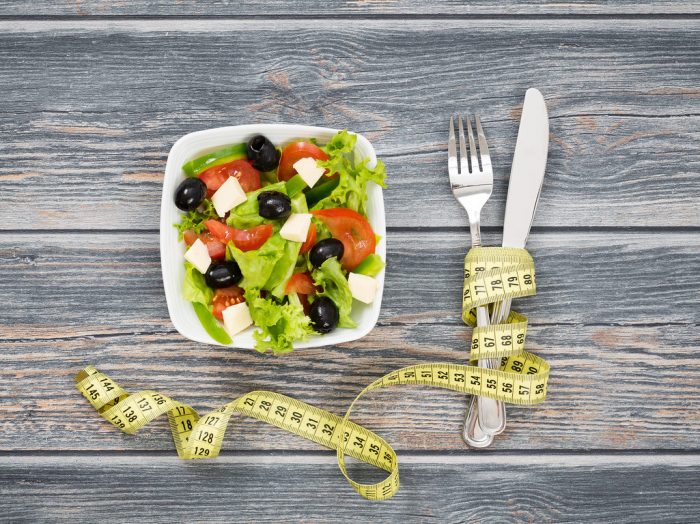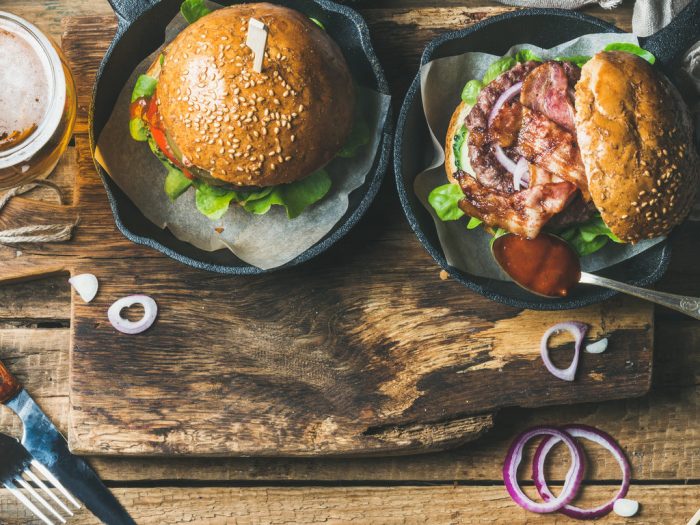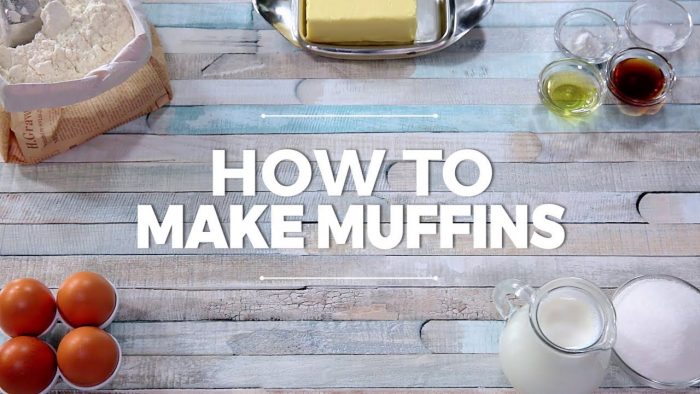Nobody on this Earth was born knowing exactly how to chop vegetables, whisk eggs, or brown meat. But somehow, almost all of us have some bad cooking habits that we’ve picked up in our lives. It’s time to get rid of them and reach the next cooking level.
How do we learn how to cook anyway? If you think about it, it’s a skill that grows over time. It begins with watching our caregivers do that and we sort of absorb the lessons, the movements, and sometimes we can reproduce them without even thinking. Or our caregivers are great enough to put the ingredients in our hands and teach us by doing. Or, these days, maybe we might learn from watching a ‘how to’ video on YouTube (or who knows? Maybe even on this site).
But with this sort of learning, more often than not, we pick up valuable knowledge and also one or two bad cooking habits that we carry with us. Sometimes maybe even pass them on to friends, roommates and future generations. This has a high chance of happening since cooking myths are dispelled all the time. Here is what you should stop doing when cooking.
5 bad cooking habits to let go
1. Cooking foods with extra virgin olive oil at high temps
Not all cooking oils are used for the same techniques in the kitchen. For reference, check out this guide for cooking oils. The main differences come from the ability of different oils to withstand high temperatures, or as it’s more famously called – the smoke point of oils.
In the grand scheme of things, extra virgin olive oil has one of the lowest smoke points among its brethren. That means it’s extremely dangerous to cook with it at high temperatures. So don’t! Because it destroys nutrients and creates harmful free radicals. Use your magnificent oil for making salad dressing or a simple sauté.
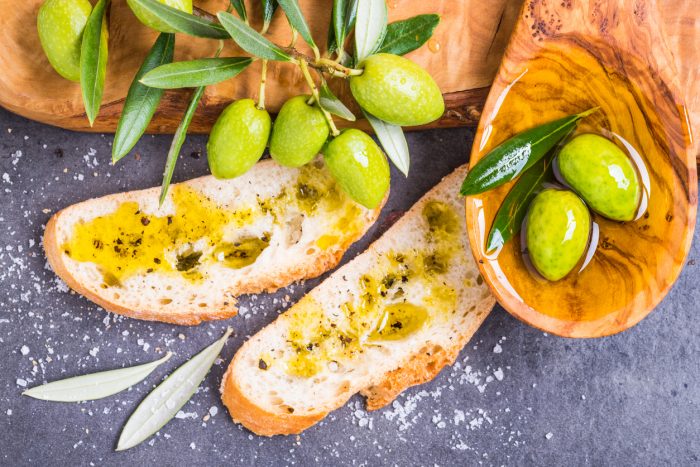
2. Boiling veggies
This list of bad cooking habits is full of things we do very often, without thinking. Take boiling vegetables: it seems simple to add them to a pot of water and let them boil, right? Well, what you make up for in time, you definitely lose in nutrients, not to mention ever-important texture and taste. How much do you lose? About 40-50 percent of nutrients – it depends what your veggies are rich in. The longer your food cooks at a high temperature, the more the nutrient waste. So what can you do about that? Try blanching! This means boiling the veggies briefly and then transferring them to a bowl of ice water. This ensures that your veggies don’t turn to mush and you benefit from their nutritional profile to the fullest. Find out here how to do it.
3. Thawing meat in the sink
This is definitely not a good idea, because bacteria tend to grow on the meat when it’s at room temperature. And I think that nobody is ever willing to risk food poisoning or a foodborne illness. So instead of doing this in your sink, try to be a bit more organized. Remove your meat from the freezer the night before, place it on a plate and let it thaw out in the refrigerator overnight. Don’t leave it close to produce though and make sure that it won’t leak over them.
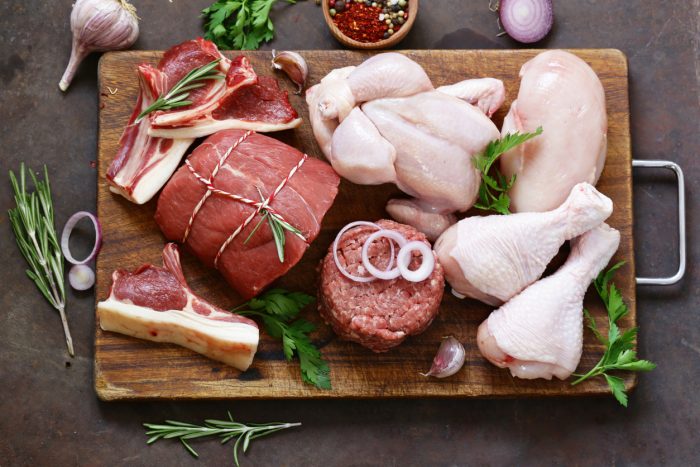
4. Keeping oils near heat
Want to know what’s the quickest way to make your cooking oils go rancid? The answer might surprise you. It’s all about keeping them near any source of heat. So if you’re keeping your olive oil, canola oil or vegetable oil near the stove so that you can use them while cooking, then you should definitely stop doing that. Rancid oil not only tastes way worse, but it also promotes inflammation, according to some nutritionists. But remember, we said keeping them near heat, so if there’s direct sunlight on them, that’s not good either and you should change it. Instead, store your oils in a cool and dry place, for a longer shelf life.
5. Peeling your produce
That sometimes seems to be the first step when you start prepping your meals, right? Well, actually… We have to say that there are too many nutrients in the skins of your fruit and vegetables to let them go to waste. Often, the skin is actually the richest in vitamins, minerals, and healthy compounds. So just make sure you wash the produce thoroughly and then cook the fruits and vegetables with it still attached. This way you’ll also get more dietary fiber, for a greater and healthier digestion process. Not to mention you save some time like that!

